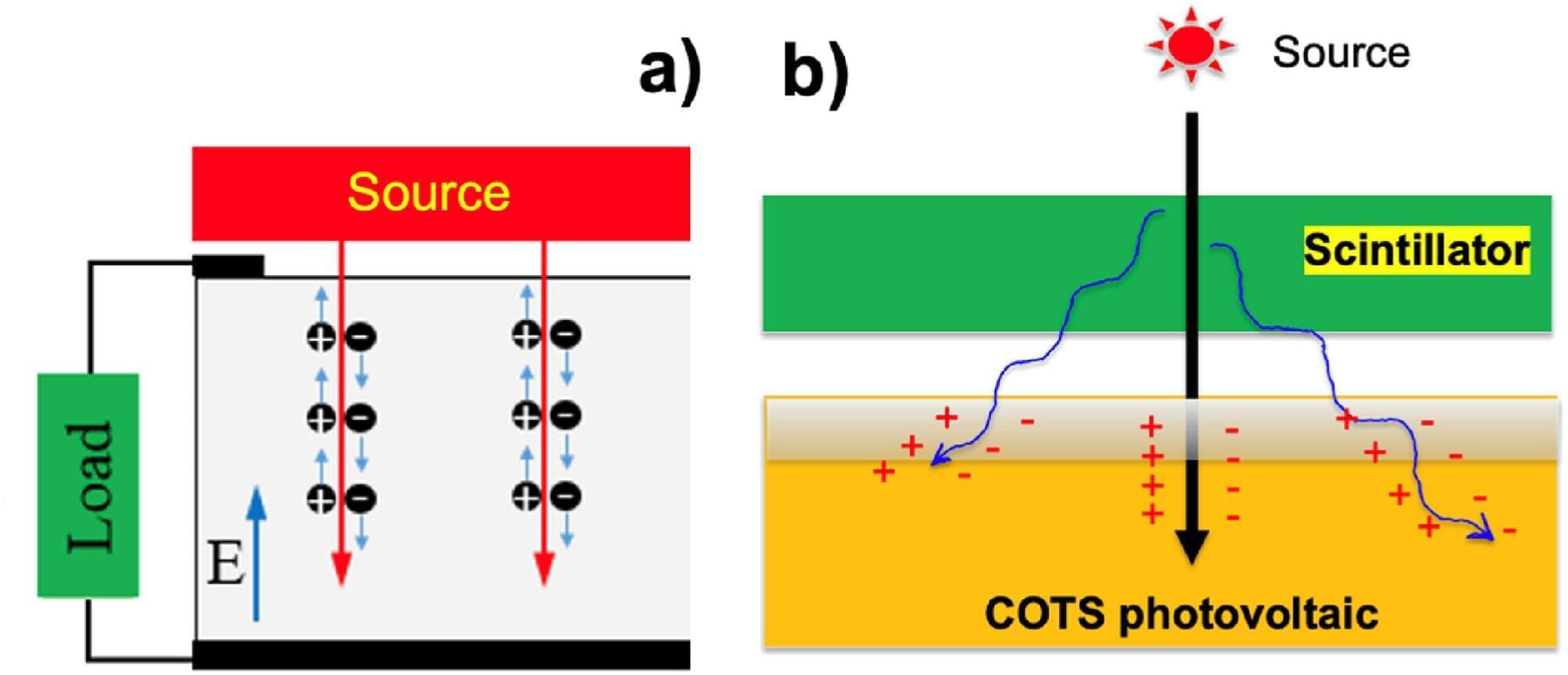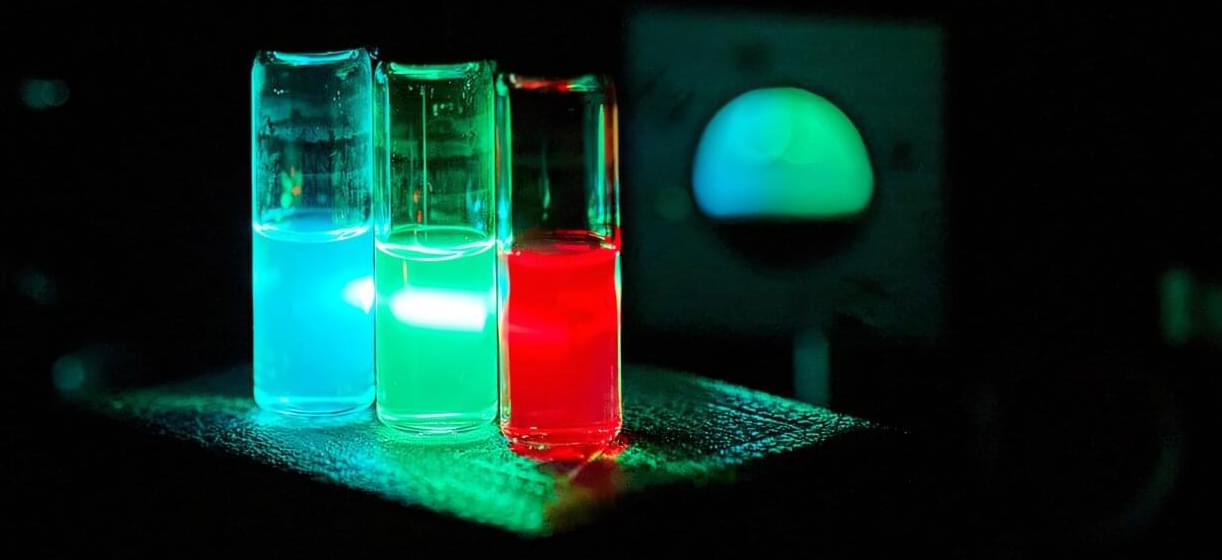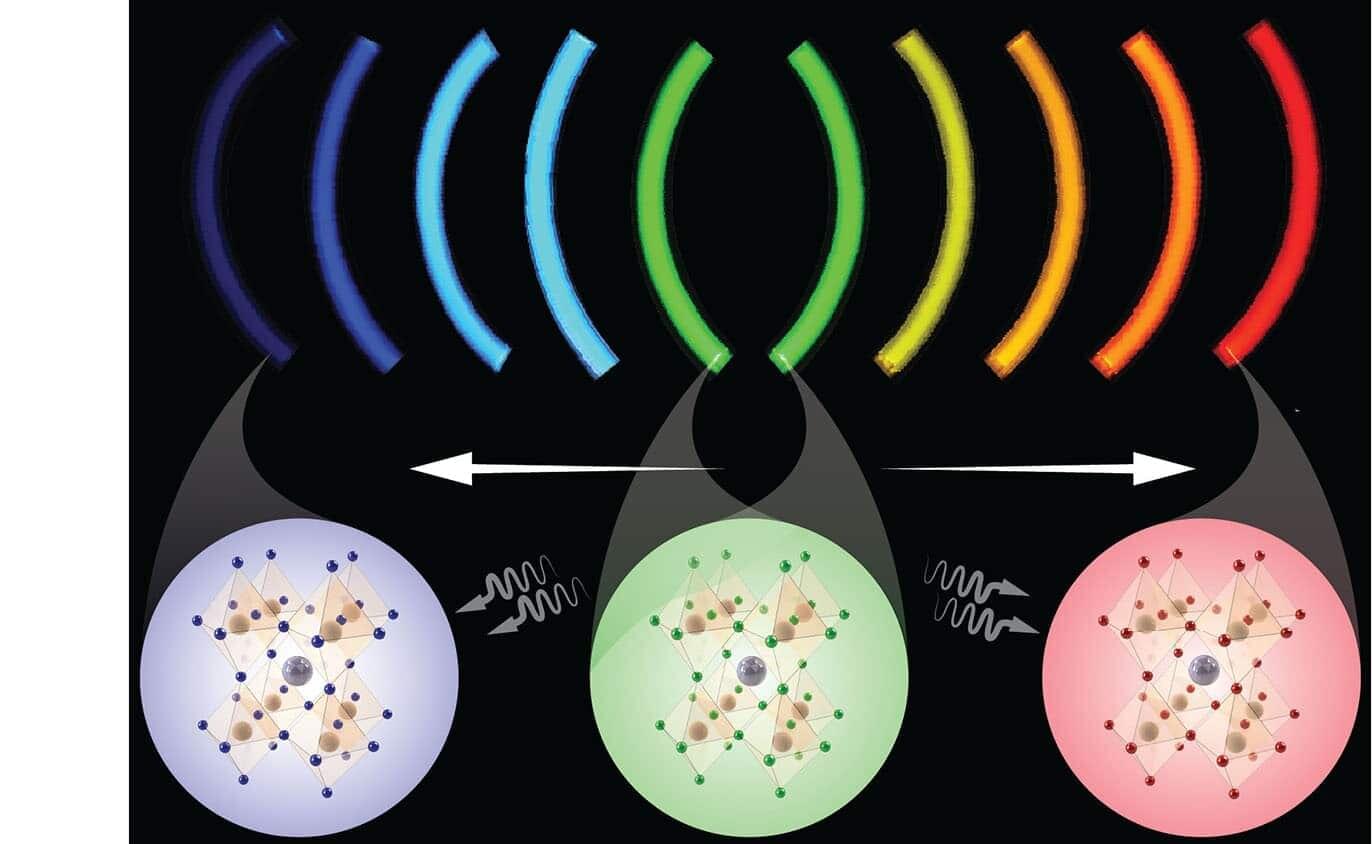TAMPA, Fla. — Star Catcher Industries, a startup designing spacecraft to beam solar energy to other satellites in low Earth orbit, has secured funding from Florida’s economic development agency to demonstrate the technology at a former Space Shuttle landing site.
Space Florida is providing a $2 million financial package for the one-year-old venture, Star Catcher CEO Andrew Rush told SpaceNews March 7, with most of the funds supporting tests this summer from Space Florida’s Launch and Landing Facility at the Cape — one of the longest runways in the world.
Rush said Star Catcher plans to use the facility to demonstrate its ability to beam hundreds of watts of energy to multiple simulated satellites simultaneously from more than a kilometer away, marking a critical proof point for the Jacksonville, Florida-based startup’s technology.







